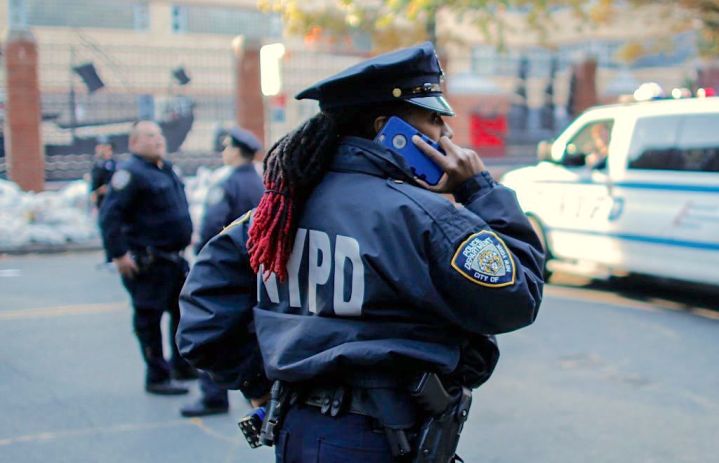
Having finally decided that Windows-based phones aren’t the future, the New York Police Department is now in the process of ditching its Lumia handsets and replacing them with thousands of Apple-made devices.
The iPhones-for-cops plan was first revealed last summer, and this week the New York Daily News reported that the transition is now well and truly underway.
Officers have been dropping by an old police academy in Manhattan to swap their Lumia for an iPhone 7 or 7 Plus. With some 36,000 officers waiting to get their hands on the new phone, it’s clearly going to take some time to complete the changeover, though police in the Bronx and Staten Island are already getting to grips with their new device.
NYPD deputy commissioner for information and technology Jessica Tisch told the Daily News they’re giving out around 600 iPhones a day, adding that they’re seeing “a lot of excitement” among cops collecting their new handset.
New York’s finest are using their smartphones for a number of tasks, including filling out crime reports and receiving videos and surveillance pictures of wanted suspects. When responding to calls, the device also provides officers with any criminal history connected to an address, which may give them a better idea of what to expect when they arrive.
Officer Christopher Clampitt told the Daily News that these days, 911 dispatches often come over the phone before the department radio, adding that an alert to his 911 app last year helped him and his partner to reach a robbery that was in progress, enabling them to stop it and make an arrest. Clampitt said that if they’d waited for the radio, the response time would’ve been slower and the suspect could’ve escaped.
The police department won’t be forking out any extra cash for its new handsets, as it’s defined as a hardware upgrade, according to the terms of its AT&T contract.
While the cops seemed happy with the way the Lumia 830 and 640 XL phones helped them with their daily duties, Microsoft last year ended support for the Windows Phone 8.1 operating system that powered them, prompting the NYPD to consider an alternative device.
Editors' Recommendations
- Are you having iPhone alarm problems? A fix is coming soon
- Nomad’s new iPhone case and Apple Watch band may be its coolest yet
- Why you should buy the iPhone 15 Pro instead of the iPhone 15 Pro Max
- 3 reasons why I’ll actually use Anker’s new iPhone power bank
- Here’s how Apple could change your iPhone forever


